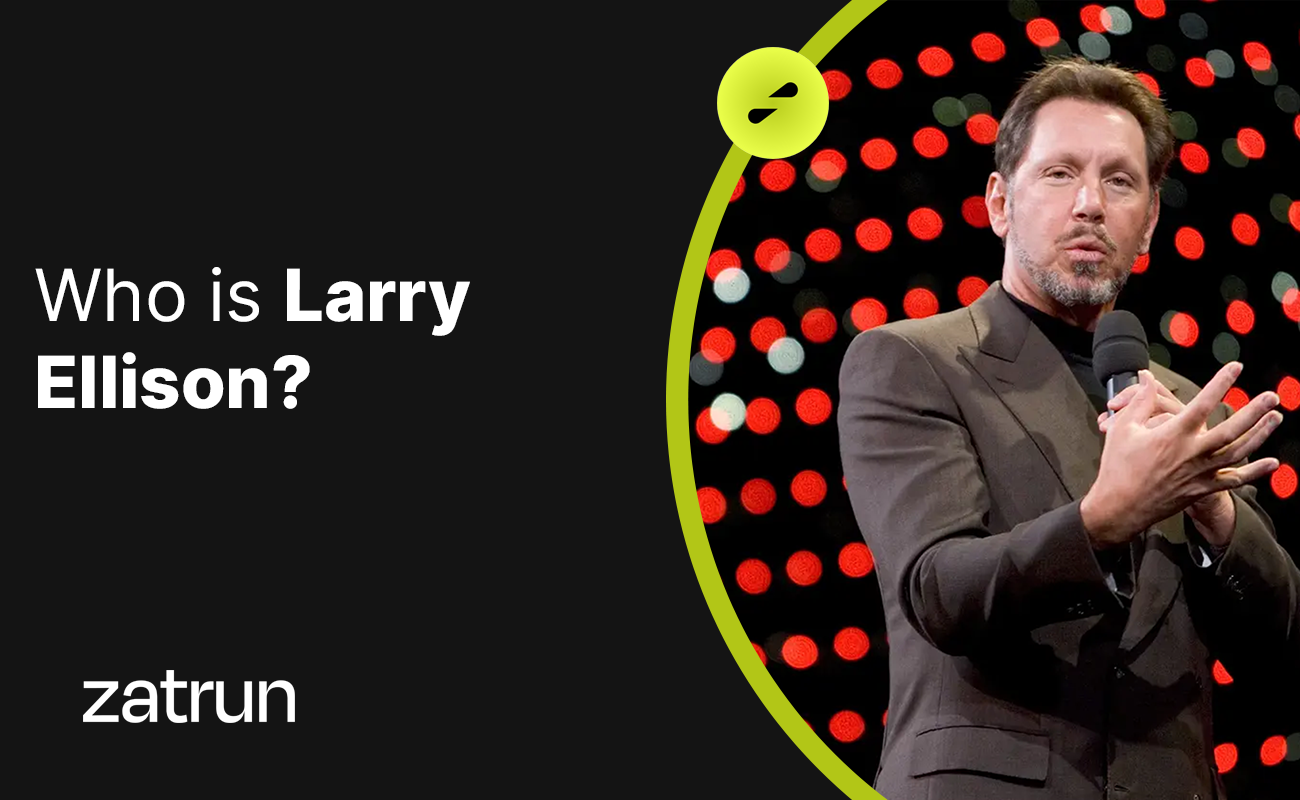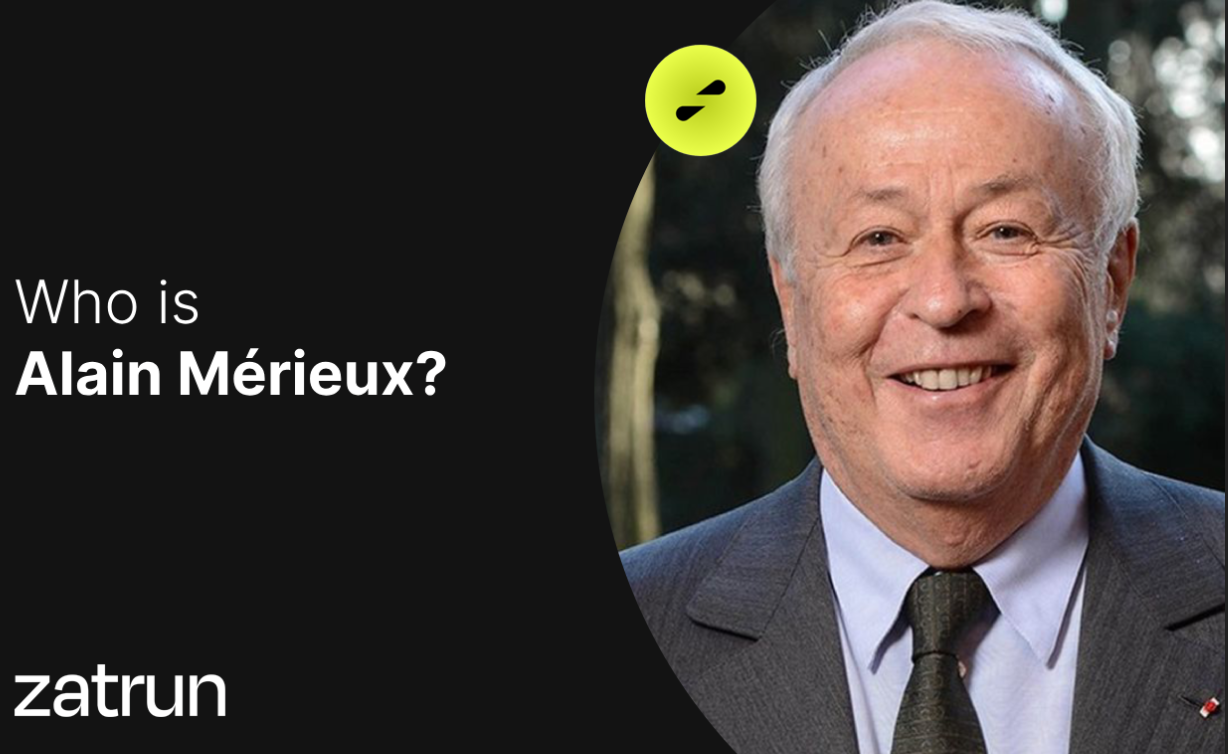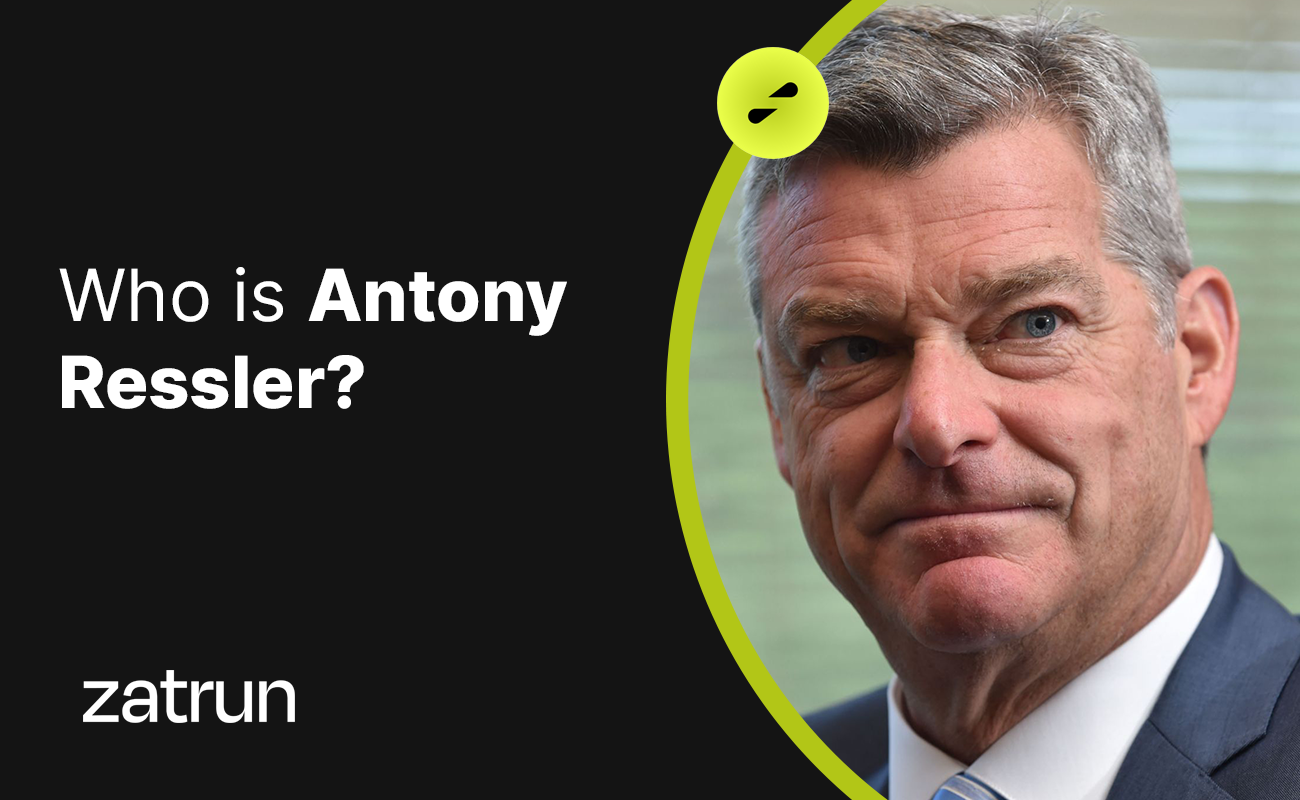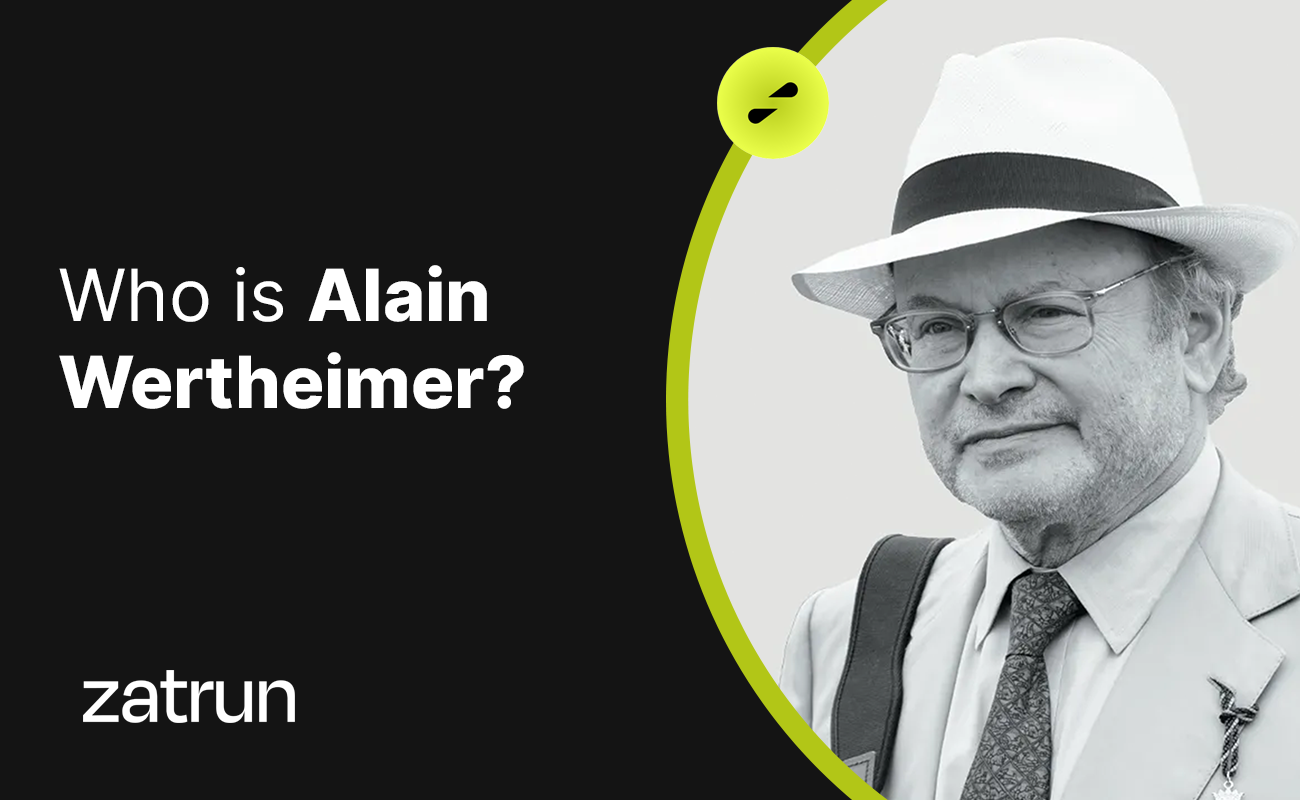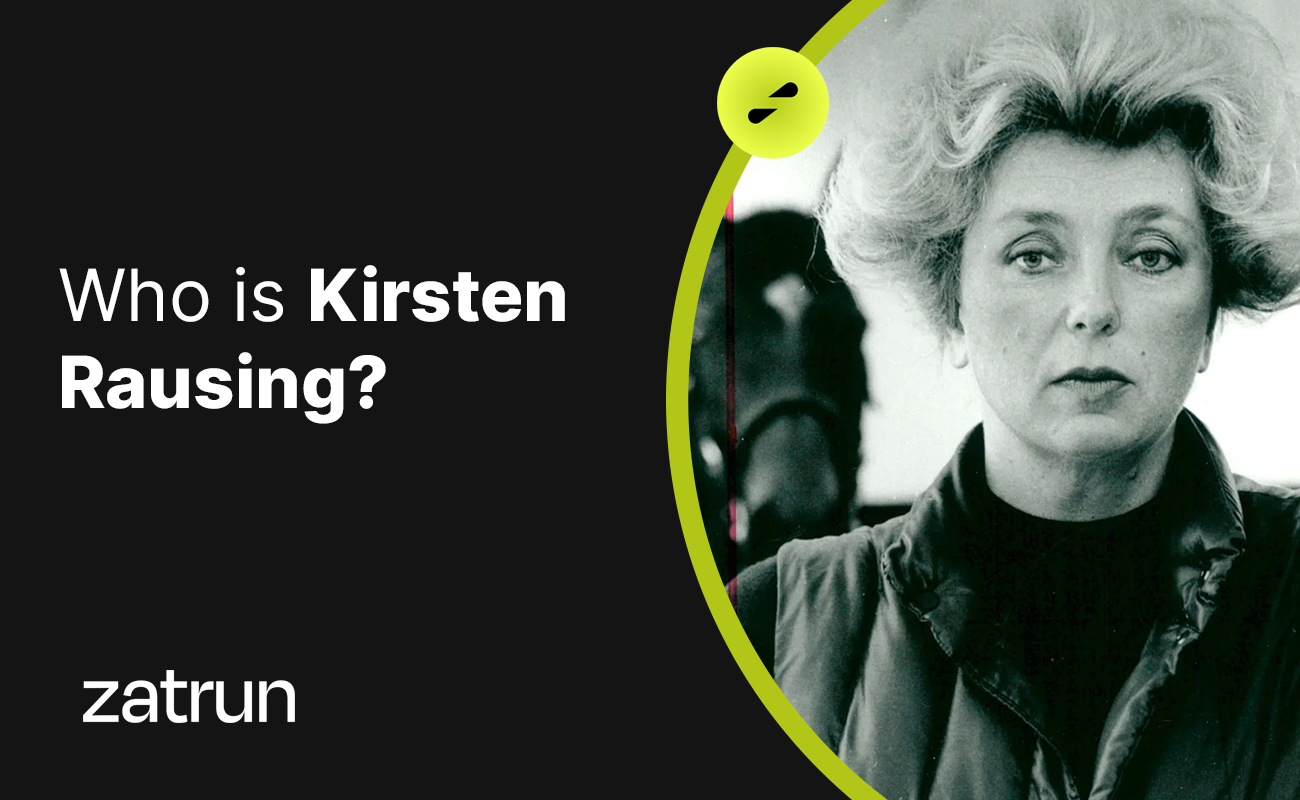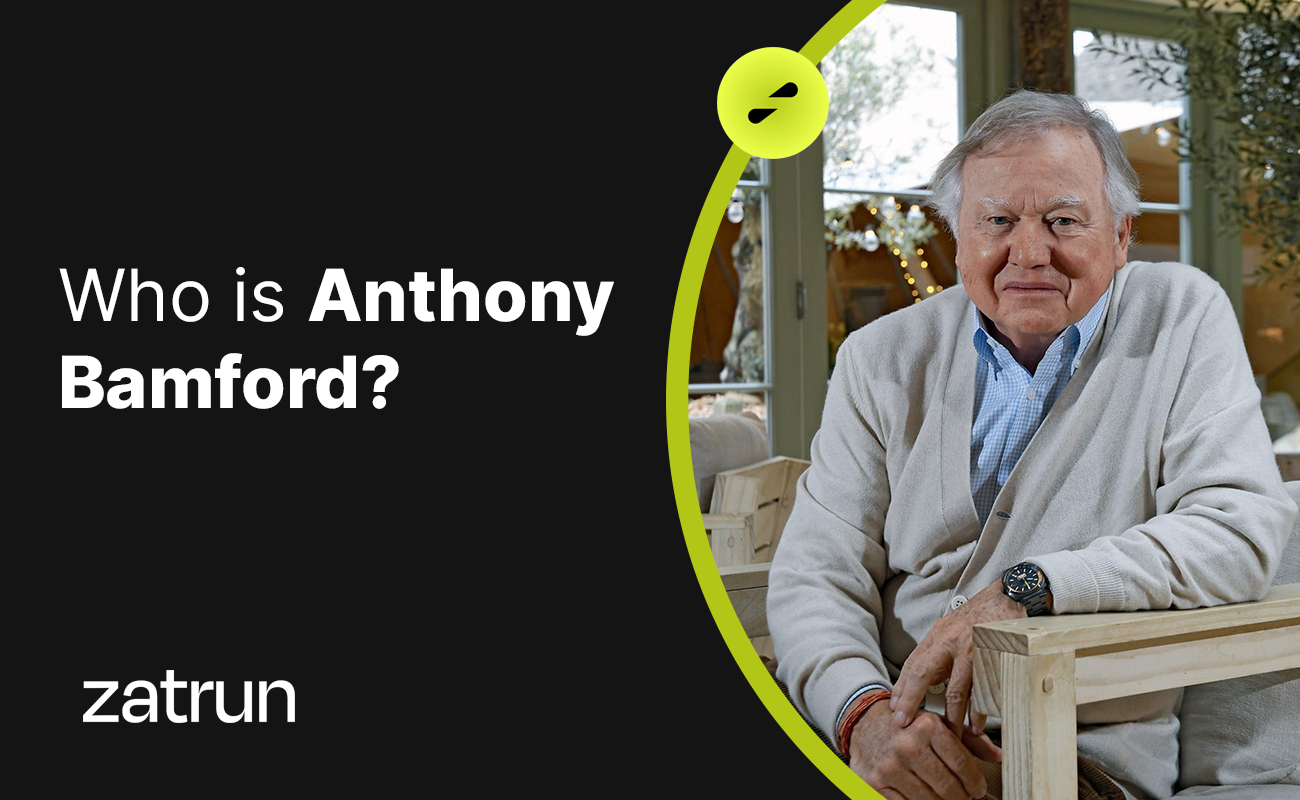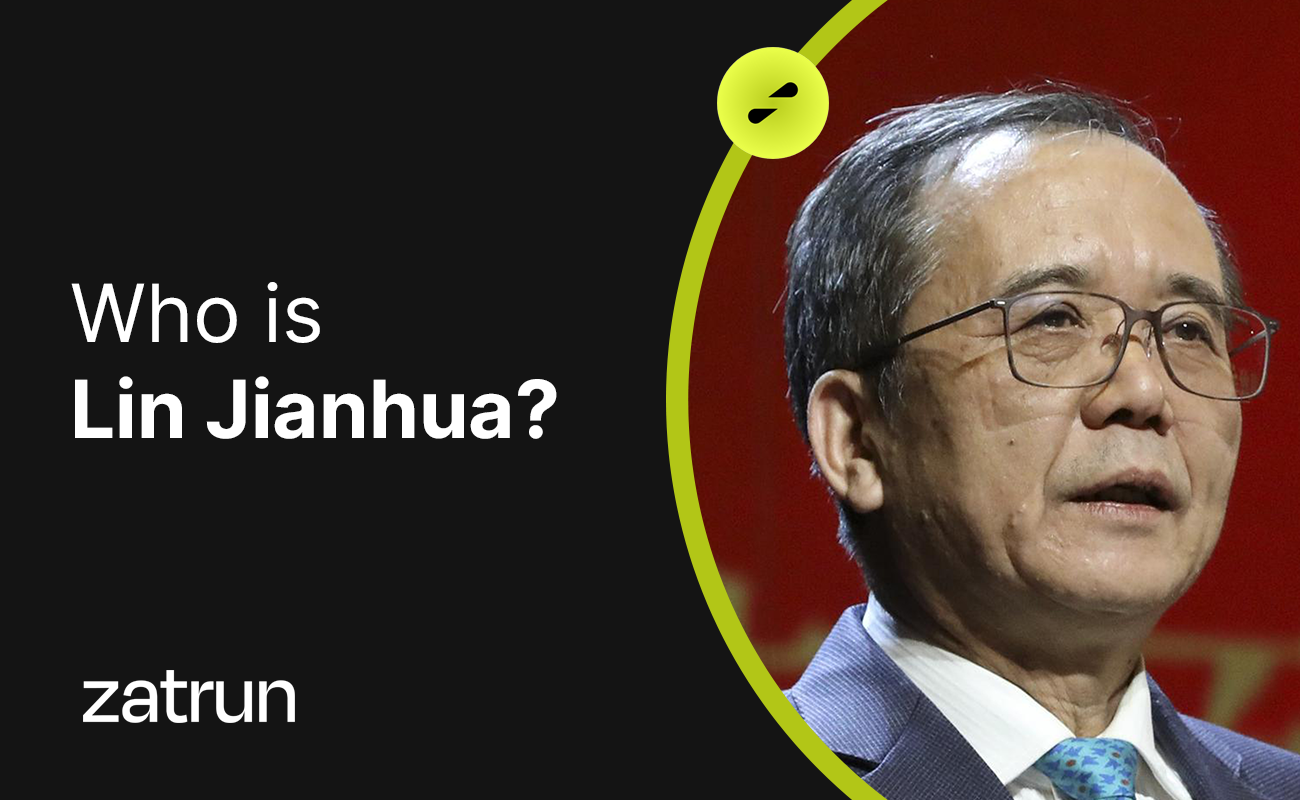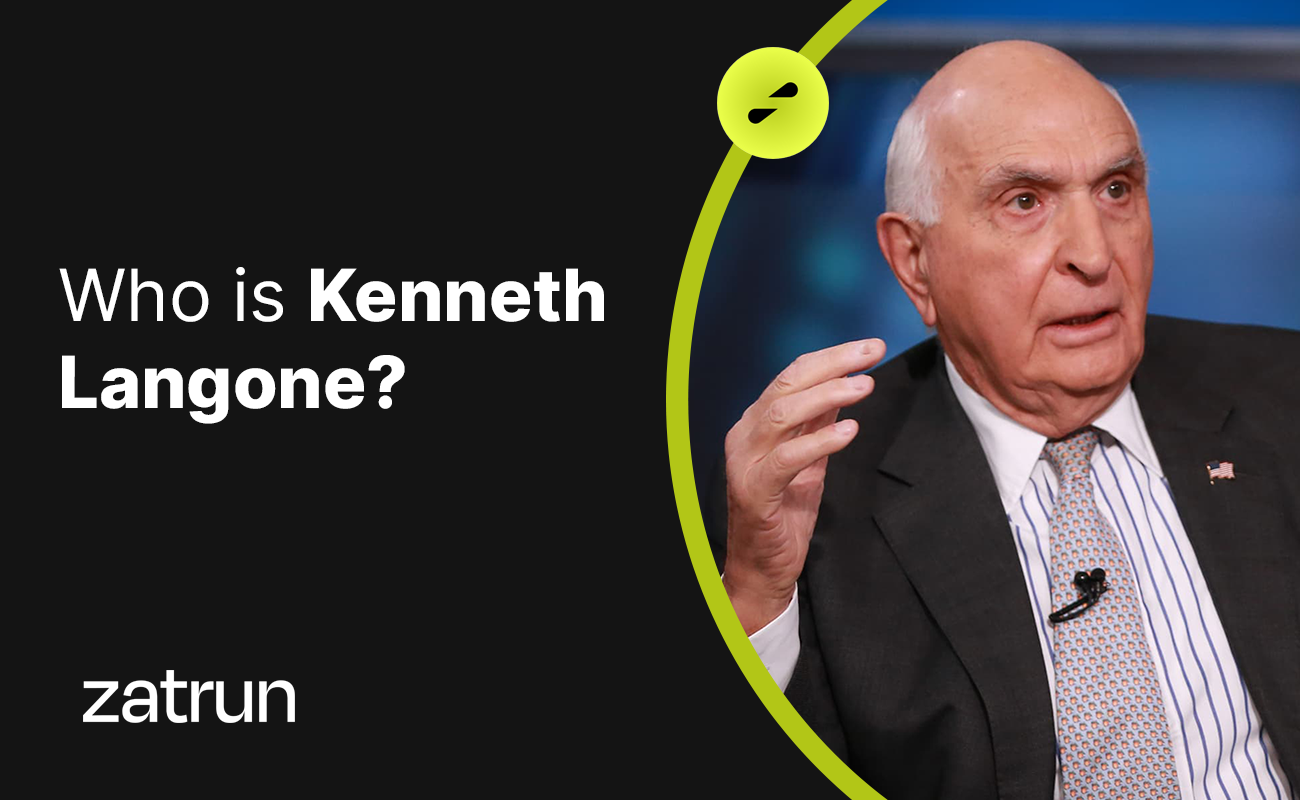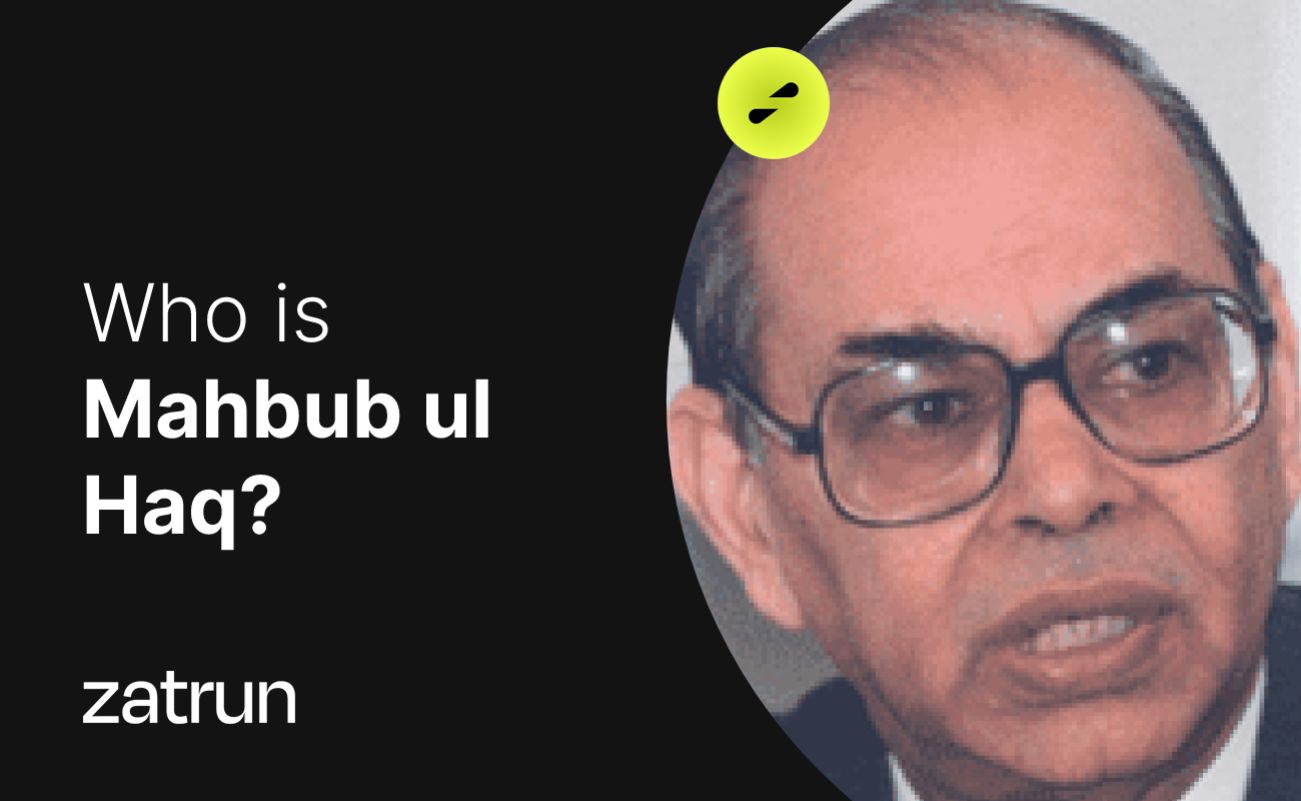John Harsanyi 101: Who is the Nobel Prize Winner Famous Economist? in our article of Zatrun.com, we will cover in detail everything you need to know about John Harsanyi, the famous Nobel Prize-winning economist that our readers are curious about.
Who is John Harsanyi?
John Harsanyi (May 29, 1920 – August 9, 2000) was a Hungarian-American economist and a Nobel Prize winner. He is widely recognized for his contributions to the game theory analysis of economic applications and innovative analyses of incomplete information games, referred to as Bayesian games. Additionally, he made contributions to political and ethical philosophy (particularly utilitarian ethics) and equilibrium selection studies through the use of game theory and economic logic. For his work, he was awarded the Nobel Memorial Prize in Economic Sciences in 1994, along with John Nash and Reinhard Selten.
John Harsanyi moved to the United States in 1956 and spent most of his life there. According to György Marx, he was a member of a group called The Martians. John Charles Harsanyi was born on May 29, 1920, in Budapest, Hungary, to Alice Harsányi (Gombos) and Károly Harsányi. His parents converted from Judaism to Catholicism a year before he was born. Harsanyi completed his education at the Lutheran Gymnasium in Budapest, where he was one of the best problem solvers in KöMaL, a monthly magazine of mathematics and physics.

Established in 1893, this magazine takes most of the credit for the success of Hungarian students in mathematics. He also won the first prize in the Eötvös mathematics competition for high school students. Despite his desire to study mathematics and philosophy, his father sent him to France in 1939 to study chemical engineering at Lyon University. However, due to the outbreak of World War II, Harsanyi returned to Budapest University (now Eötvös Loránd University) to study pharmacology and graduated in 1944. As a pharmacology student, he managed to avoid being sent to the Royal Hungarian Army as a forced laborer as a person of Jewish descent.
Education Life:
In 1956, John Harsanyi was awarded a Rockefeller scholarship to spend two years in the United States with his wife, Anne. During their time in the US, Harsanyi worked at Stanford University and the Cowles Foundation. At Stanford, under the guidance of Kenneth Arrow, he wrote a thesis on game theory and earned a second PhD in economics in 1959.
Anne received an MA degree in psychology. In 1958, Harsanyi’s student visa expired, and the couple returned to Australia. In 1964, they moved to Berkeley, California, where Anne worked at the University of California, Berkeley until 1990. Shortly after moving to Berkeley, they had a son named Tom.
Career Life:
While teaching at Berkeley, Harsanyi conducted extensive research in the field of game theory. Harold Kuhn, who was a student of John von Neumann at Princeton and had published works on game theory, encouraged him in this regard. His work, for which he won the Nobel Prize in Economics in 1994, consisted of a series of papers published in 1967 and 1968, which established a standard framework for the analysis of “games with incomplete information.”
In situations modeled by Nature’s initial moves, players must decide how to act based on what each other knows. Some players may see Nature’s move, while others only know the probabilities and the real values of other players. This requires that the structure of the game be known to all players and that the probabilities used by Nature to select values, known as “common priors,” be known, which is a assumption known as the Harsanyi Doctrine.
Between 1966 and 1968, Harsanyi was part of a team of game theorists, led by Harold Kuhn of the Mathematica consulting group at Princeton University, and including Oskar Morgenstern, that provided consulting to the U.S. Arms Control and Disarmament Agency.
Research and Authorship:
John Harsanyi began his research into utilitarian ethics in the mid-1950s at the University of Queensland in Brisbane. This resulted in two publications that emphasized the need to distinguish between personal and moral preferences. As he noted in the introduction to an article included in a book edited by A. Sen and B. Williams, he sought to combine the Western ethical thought traditions of Adam Smith, Immanuel Kant, and utilitarians (Bentham, Mill, Sidgwick, and Edgeworth). He is one of the most important representatives of “Rule Utilitarianism.”


